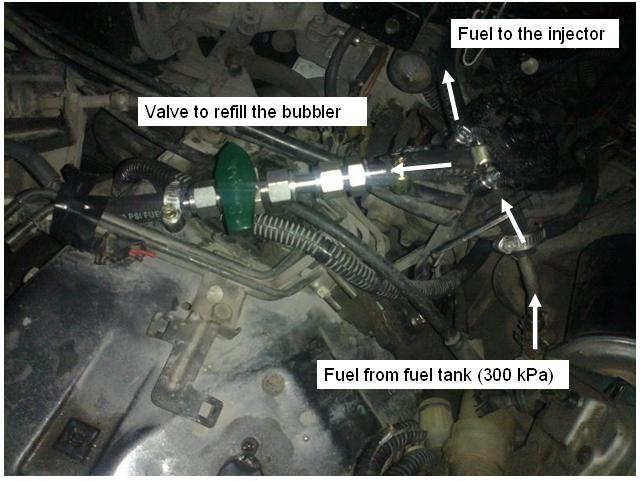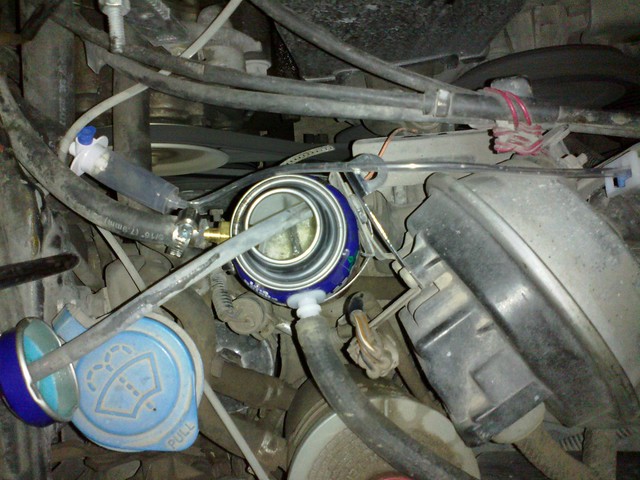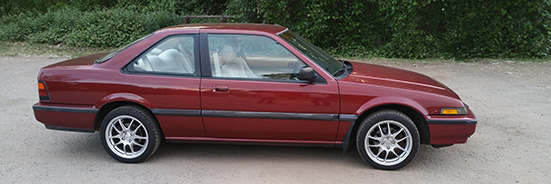
Originally Posted by
lostscotiaguy

Re: EGR, Just my 2 cents:
The egr isn't just there to burn off any unburnt fuel leftover in the exhaust. While it DOES do this it's other main purposes are to aid efficiency, cut down on NOX output and to cool the combustion chamber:
The recirculated exhaust takes up space in the combustion chamber, cutting down on the amount of "Fresh" air/fuel that goes in. The potential power loss through it's use (Through the burning of less fuel/air) is relatively minimal. If you have an engine designed WITH egr, then it's valves and cam profile etc are already tailored to flow a set amount of fresh fuel/air with the recirculated exhaust gases on each combustion cycle anyhow. If you block the EGR port off you might make a miniscule gain in power, but not only will you get poorer fuel mileage but the temperatures in your combustion chamber will increase, creating higher amounts of Nitrogen Oxides (They mostly form above temps of 2500F) the extra heat will also add engine stress and promote pre-ignition. Anyhow, just thought I'd "Pipe in" on this one...har de har har ok I'm done, sorry for that one. XD




 Reply With Quote
Reply With Quote










Bookmarks